Ocean plastic can persist in sea surface waters for years, eventually accumulating in remote areas of the world’s oceans. As if polluting rivers and lakes wasn’t enough for us humans, we’ve now gone to the extent of degrading world’s pristine ocean waters too.
According to a report by CNN, a huge, swirling pile of trash in the Pacific Ocean is growing faster than expected and is now three times the size of France. This is approximately one-fifth the size of India.
Do you realize that we have created a problem as big as a country?
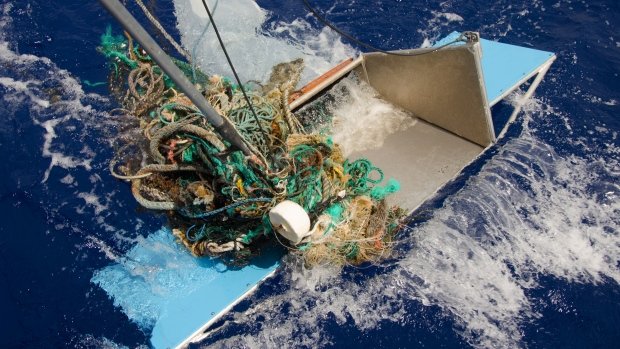
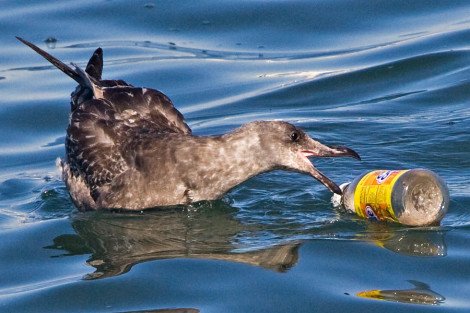
The Great Pacific Garbage Patch is the world’s largest collection of floating trash. It was discovered in 1997 by Charles Moore, a yachtsman who had sailed through a mishmash of floating plastic bottles and other debris on his way home to Los Angeles.
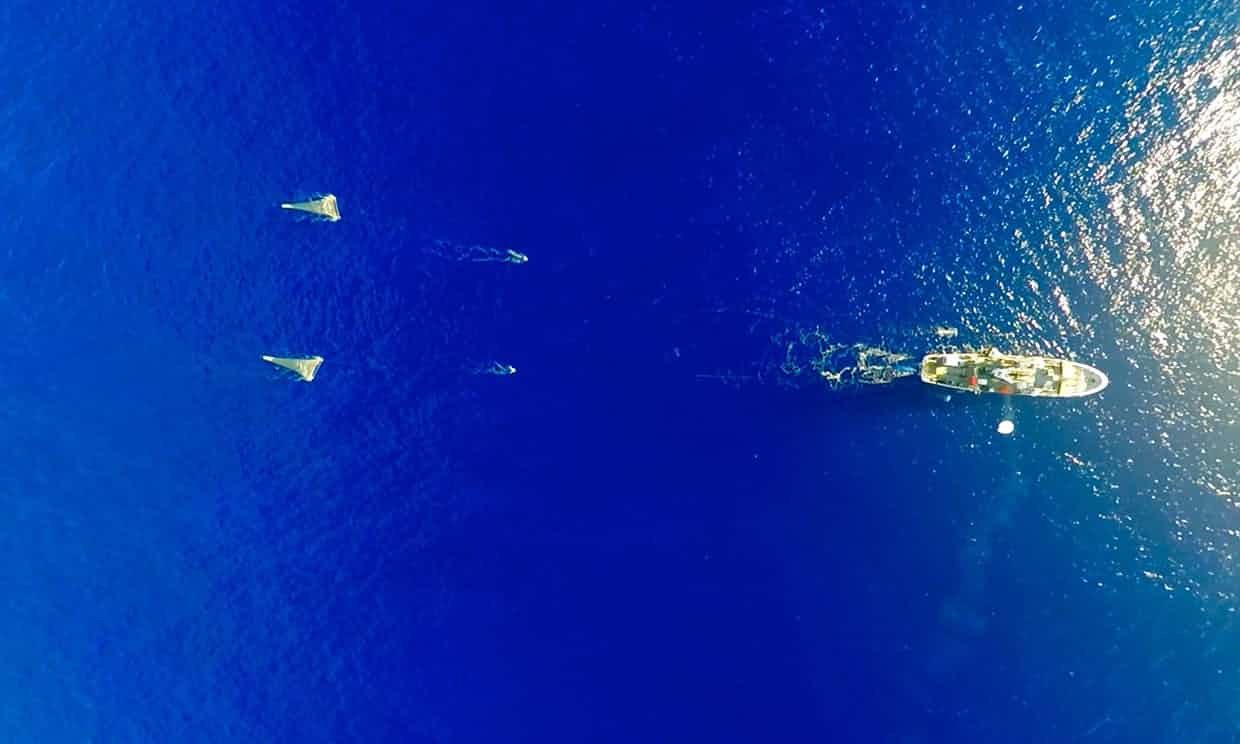
A study published in Scientific Reports states that the patch weighs 87,000 tons, 16 times more than previous estimates and contains more than 1.8 trillion pieces of plastic.
While tiny fragments of plastic like plastic bottles, containers, packaging straps, lids, and ropes were found in large number, nearly half of the weight of rubbish is composed of ghostnets, or discarded fishing nets.
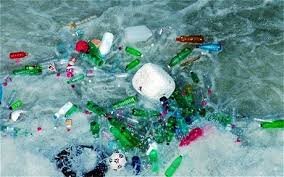
Even scientists are surprised by the amount of large plastic objects discovered in the garbage patch. Plastic in the oceans is particularly concerning, as it can endanger marine life.
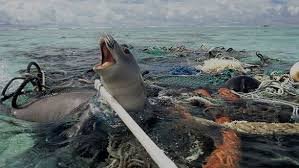
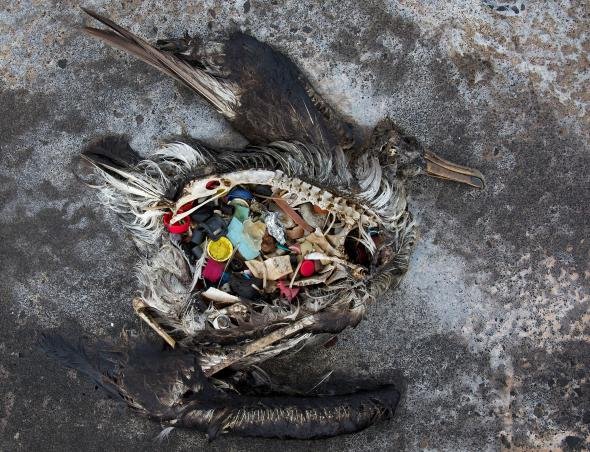
Considering the huge size of this garbage patch, scientists have also made a call to the UN to declare it as an independent country by the name ‘Trash Isles’. The patch is growing at an a worryingly fast rate.
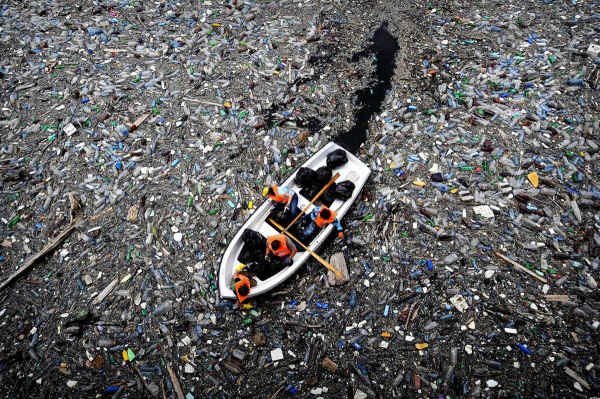
It’s high time we reduce waste and come up with new, biodegradable alternatives to plastic. But one of the easiest steps is changing the way we use and discard plastic products.

















